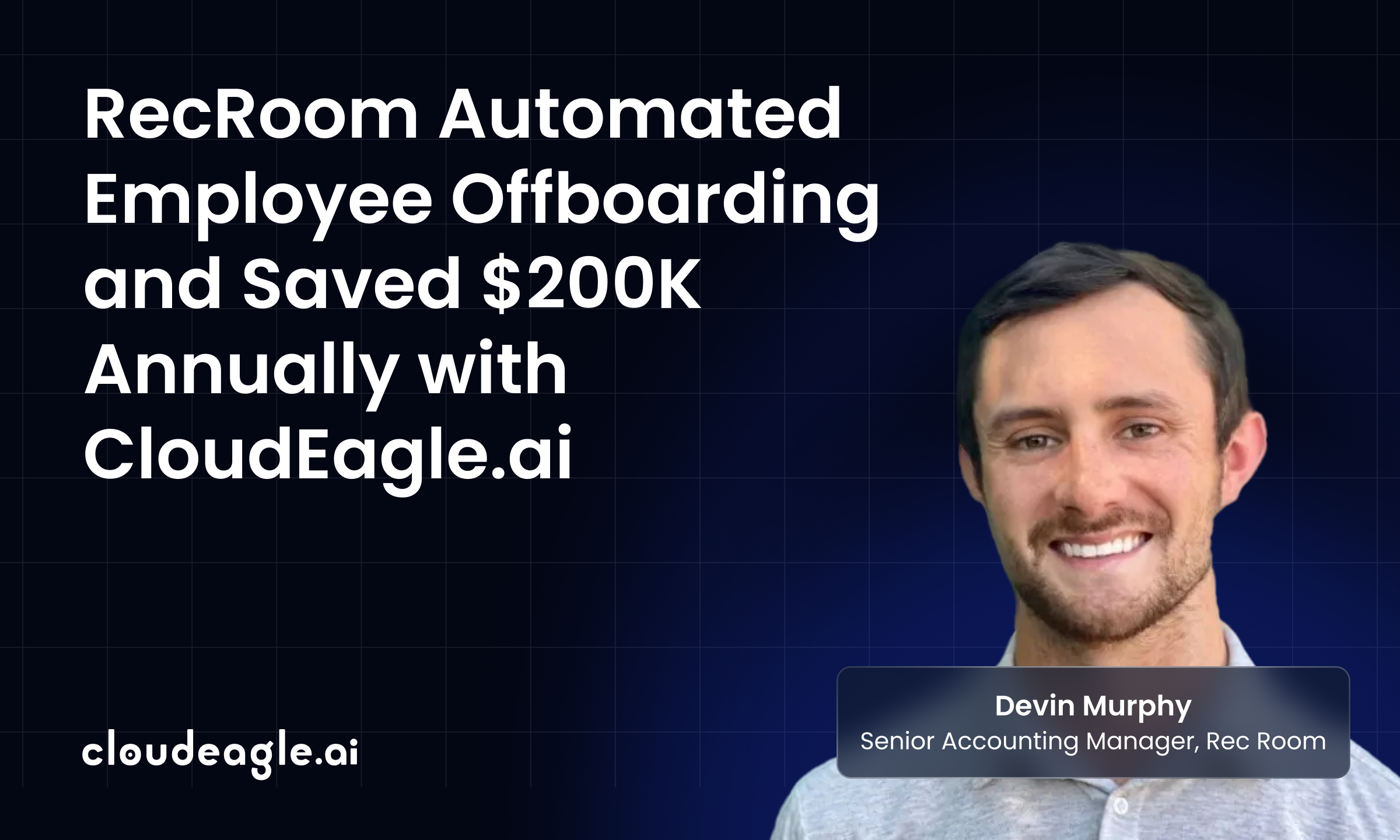As our company grew and our workforce expanded, managing non-SaaS procurement became increasingly complex. We weren’t just buying more software, we were also handling a growing volume of hardware and equipment requests, like laptops, monitors, accessories, and other IT assets. But our existing procurement processes hadn’t scaled with us.
Most of our non-SaaS purchases were tracked manually through spreadsheets and email chains. Each department handled procurement differently, making it hard to maintain consistency or track approvals.
Without a centralized procurement system, there was no easy way to monitor what was being requested, approved, purchased, or delivered. This lack of visibility often led to delays, missed follow-ups, and confusion over ownership.
As our hardware requirements grew, it also became harder to ensure we were getting fair pricing or negotiating the best terms with vendors. We had no consolidated record of past purchases or benchmarks to compare against.
Our IT teams were spending too much time chasing approvals and managing fragmented workflows—time that could have been used more strategically.


%201.svg)




